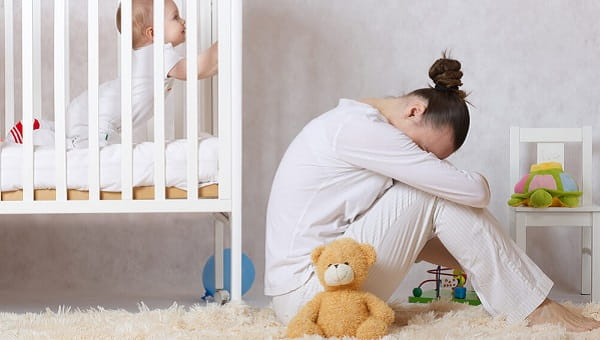Sometime between now and his first birthday, your baby will probably start pulling up on the furniture, your leg, the dog… whatever he can grab onto and pull himself into a standing position. And, once it happens the first time, you can bet that your baby will take every chance he can to enjoy his newfound ability!
How to help
The mechanics
The first few times your child pulls himself up to stand, he may not know how to get back down. This can be scary or just plain frustrating, so if he starts to cry, you can gently bend his knees and lower him back to his bottom so he remembers where he started. This should save you some middle-of-the-night trips to the nursery to rescue him when he is standing in his crib and can’t remember how to sit back down.
Pull-up proofing
Give your baby the space he needs to move around and explore his world. Make sure he has access to furniture and other things he can use to pull up on safely, and be sure that anything he has access to is safe to pull up on:
- Anchor all large furniture to the wall, like dressers, chests, TV stands (and anchor TVs if they are sitting on furniture).
- Be sure that push toys are weighted so they don’t tip when your baby hauls himself up to stand and walk.
- Lock the wheels on any rolling furniture like ottomans, chairs, kitchen carts, etc.
- Weigh down or secure any chairs that could topple.
Giving a hand
It’s kind of a reflex, but try not to hold your hands out to support your baby in standing. As he reaches to hold your hands, your baby’s body weight shifts forward, keeping him off balance. Instead, use your hands to support his middle. This will allow him to keep his feet firmly on the ground while building muscle and bone strength. You can also encourage your child to squat, and really build up his leg muscles in the process, by putting toys at his feet when he’s holding onto furniture.
In the house, it’s best to let your child go barefoot if it’s warm enough; otherwise, he should wear a pair of skid-proof socks. When learning to stand, babies rely on their sense of touch to feel the floor, adjusting their position as needed to maintain balance.



